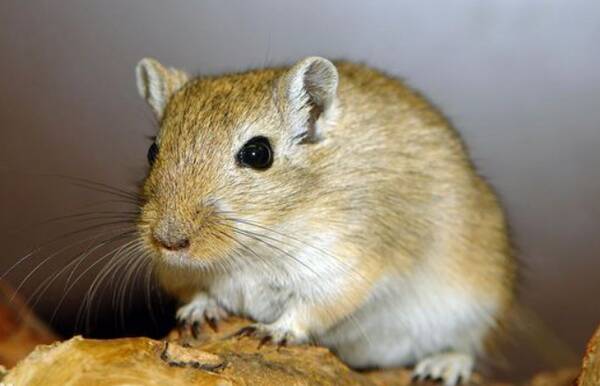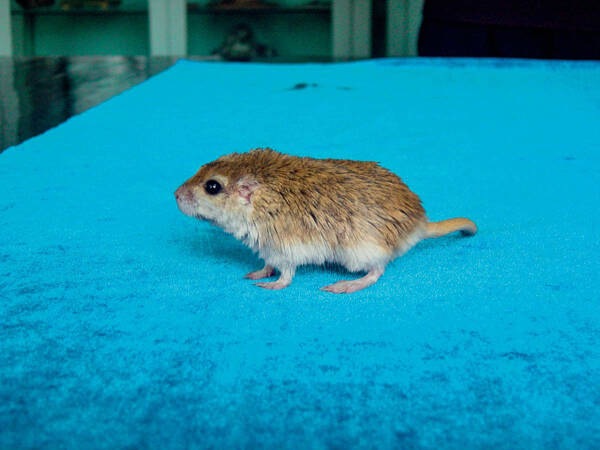Brachiones przewalskii
IUCN
LCBasic Information
Scientific classification
- name:Brachiones przewalskii
- Scientific Name:Brachiones przewalskii,Short—eared gerbil,Short-eared mouse
- Outline:Rodents
- Family:Rodentia Cricetidae S.Gerbil
Vital signs
- length:67-103mm
- Weight:
- lifetime:
Feature
The ears are small, the back of the body is light sandy brown, and the base of the hair is gray.
Distribution and Habitat
It is endemic to China. It is only distributed in the desert or desert areas of Xinjiang, and is also distributed in the same habitat in western Inner Mongolia.
Short-eared gerbils live in fixed or semi-fixed sand dunes in the desert, and especially prefer habitats with arid plants such as red willow, reeds, and poplar as their habitat sites.
Appearance
The individual is small, and it is the smallest species among gerbils, with an average body length of about 90mm (67-103mm). The tail is shorter than the body length, 56-78mm, about 76% of the body length; the ears are short, only 6-9mm, about 1/3 of the length of the hind legs, and almost hidden in the fur. The claws of the forelimbs are well developed, and the toes of the hind legs are covered with fur. The back of the body is sandy or light gray, and the belly fur is pure white. The snout is short. The area around the eyes, cheeks, lower jaw, and the lower part of the ears are all grayish white, or white. The dorsal and ventral boundaries are not very obvious. The whiskers are white. The incisors have longitudinal grooves, the third upper molar is round, and the auditory bulla is very large.
Details
Short-eared gerbils belong to the Gerbillinae subfamily. This genus has only one species, which is only distributed in China. The species-level taxonomic unit is stable, with 3 subspecies. It is an important member of the desert ecosystem, but the number is small, there is little research on it, and little is known about its ecological characteristics.

Short-eared gerbils live in burrows, and the burrows are simple in shape. Most of them have one burrow, and rarely have 2~3 burrows. The diameter of the burrow is about 40~45mm. The tunnel is 2~3m long and 0.5~1m deep, with blind branches. There are often small mounds next to the cave entrance. The caves are scattered and not in groups.
Due to its narrow habitat, the short-eared gerbil has little information about its activities, but unlike other gerbils, it lives with the great gerbil and the meridian gerbil, living in interconnected caves or caves very close to each other, so the existence of groups is not ruled out. Perhaps it is because of this that a stable pairing relationship is formed, and even some family structures have appeared.

Short-eared gerbils mainly feed on the green parts and seeds of plants, and also some insects. The main natural enemies are foxes, weasels and various birds of prey.
Short-eared gerbils begin breeding in April, with two litters per year, 3 to 7 in each litter. The pups are born hairless and with their eyes closed. They cannot regulate their body temperature and are completely dependent on the care and attention of their mother for 2 weeks. Only those pups born early in the breeding season can mature and give birth to the next generation in the same season (about 2 months after birth). Those born later will mature after 6 months and reproduce in the next season.

The population of short-eared gerbils is discontinuous, with a small number and an unknown population trend. In the areas where they are distributed, the density is much lower than that of the meridian gerbil or other rodents. In the wild, it only accounts for 13% to 15% of rats.
Listed in the 2008 Red List of Endangered Species of the World Conservation Union (IUCN) ver 3.1 - Least Concern (LC).








